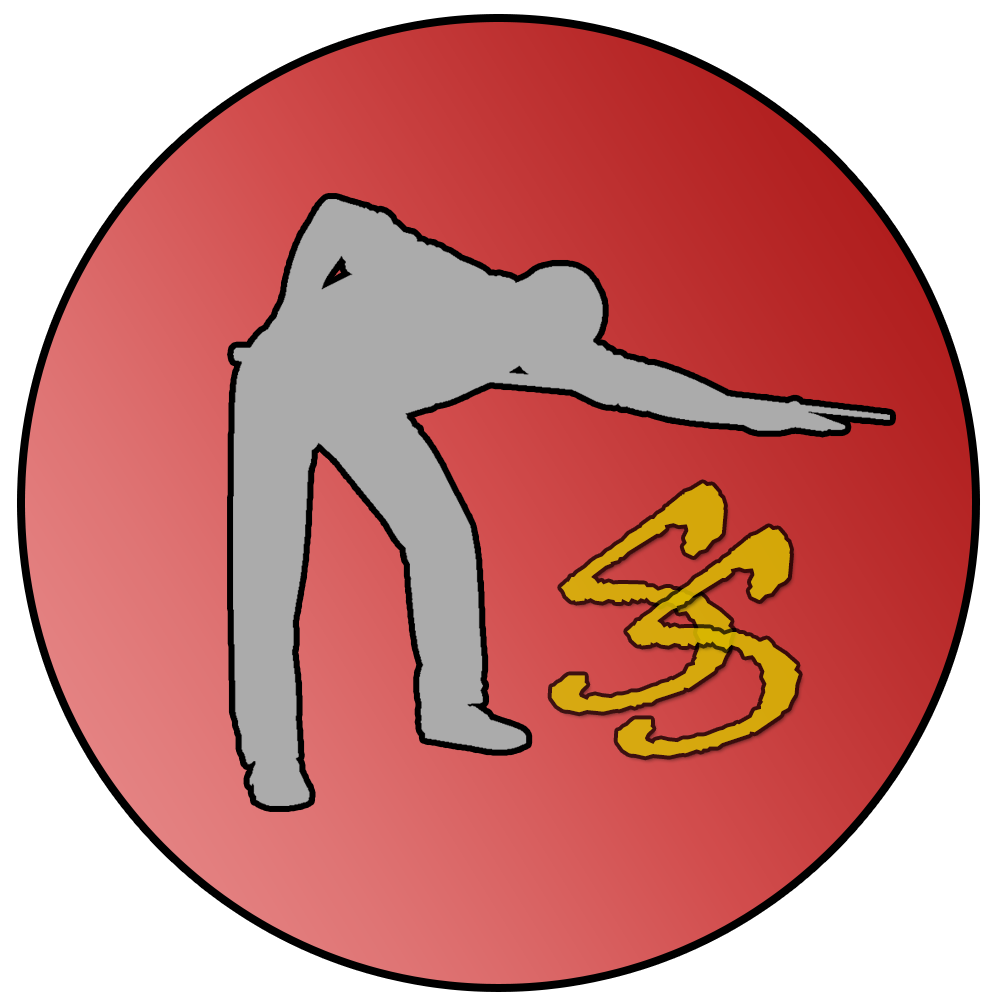There are numerous games under the large umbrella of cue sports with a select few that headline the front page. Cue sports date back as early as the 15th century and has evolved its games, rules and equipment over the following centuries to the familiar sports we’re all fans of today. This isn’t necessarily a history of snooker as much as it is a short story of the evolution of some of the main cue sports.
Most are already aware of snooker’s brief history commencing from late 19th century and its connection with Colonel Neville Chamberlain however, snooker is actually one of the younger cue sport creations from the bunch. Cue sports, particularly snooker, took a lot of inspiration from outdoor garden games like croquet. In the 15th century, King Louis XI of France managed to bring a form of outdoor billiards inside and put it on a table.
Although there wasn’t a consistent sport with a ruleset, this table activity became quite popular over the following centuries, expanding to the reaches of England. One of the first cue sports to be derived came in the late 18th century in the form of Carom Billiards. This is a tricky form of pool played on a table without pockets which involves fewer balls and an impressive knowledge of canons and angles.
During the 19th century, ‘pocket billiards’ started to gain some steam as pockets were incorporated into the game. Initially the main game played was English Billiards which involved three balls; a red, and a cue ball for each player. English Billiards further led to the inspiration of snooker and the main pool games played today. This game was played on a snooker sized table and led to the development of ‘pyramid pool’, which is exactly what it sounds like with the implementation of the triangle/rack.
This is where snooker comes in. Everyone credits 1875 as the year that Chamberlain combined two variants of billiards, black pool and pyramid pool, to create what we know as snooker. For the purposes of what should be representing pool, I’m just going to refer to eight and nine-ball since I believe they are the most common. Eight-ball pool seemed to form shortly after the turn of the 1900s and nine-ball around the 1920s.
However, when it comes to which sport came first, it should be taken with a grain of salt. Even though snooker came before these variants of pool, it’s still a little complicated to state outright that one came before the other. Cue sports in general have undergone many revisions and variants for centuries that it depends what version of snooker or pool you classify as being the starting point. That is why I earlier referred to snooker as one of the younger cue sports. The term ‘snooker’ was really coined upon the games creation while some cue sports have been referred to as pool for quite some time before that (i.e. fifteen-ball pool).
The easiest way to think of snooker and pool is that they all ultimately originated from the same place through centuries of development and refinement. If someone asked you which came first, just say billiards. You would be quite surprised at the number of different forms that cue sports have taken prior to the games we all watch today and it was only upon researching this topic that I could truly appreciate the rich history of the evolution in cue sport.
Like this Short? Click here to read: Some Snooker and Pool Differences
Have an idea for a Short post? Feel free to get in touch using the social media links below! Thanks for reading!









